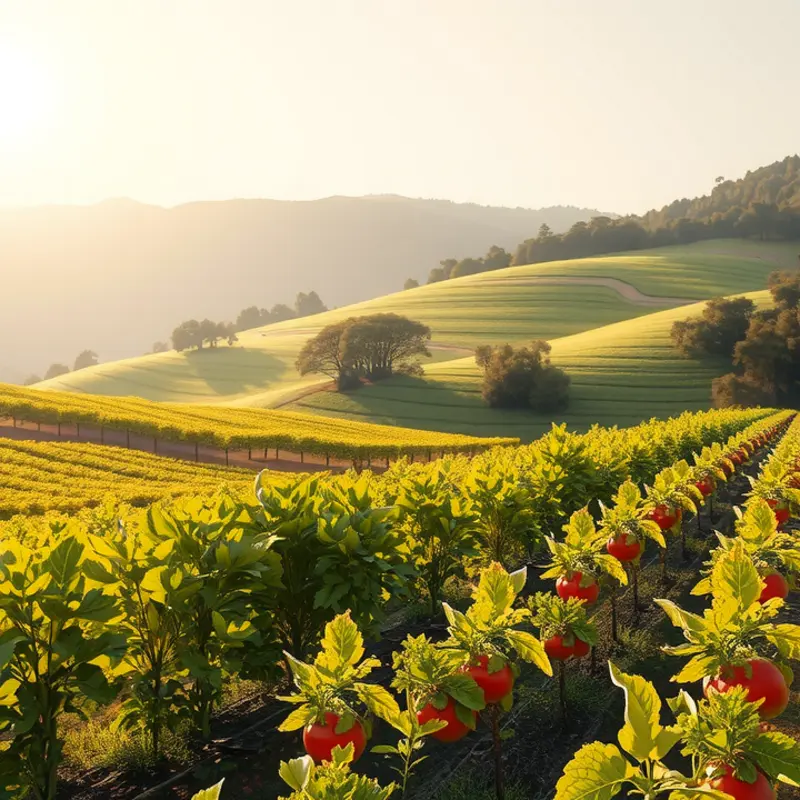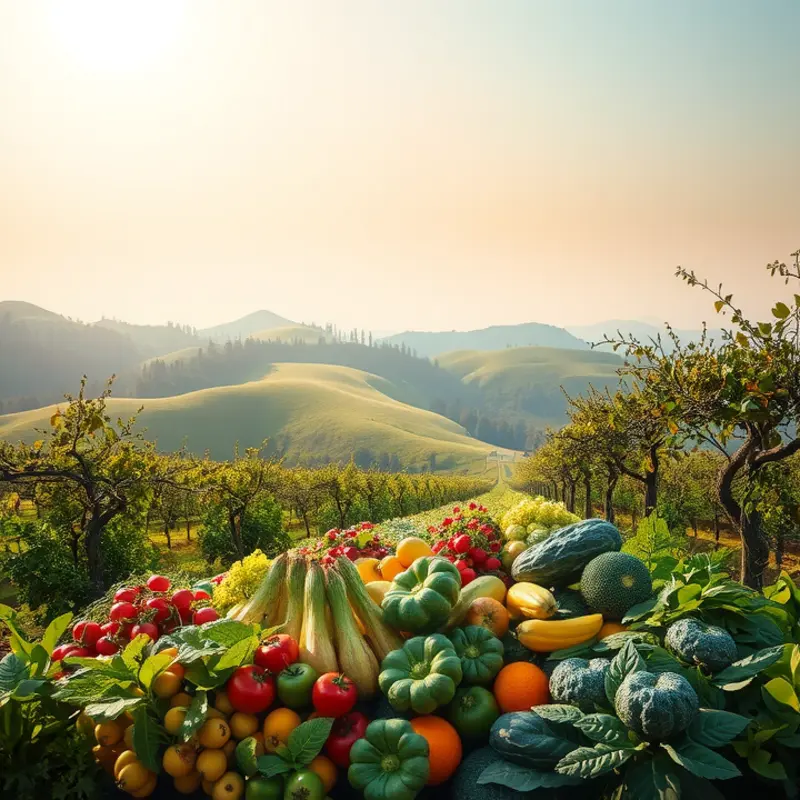Our food choices have a powerful impact on wildlife and the environment. As environmentally-conscious individuals, the decisions we make regarding our diets can either contribute to or alleviate the pressing challenges of extinction and habitat loss. This guide offers practical ways to incorporate food choices that not only satisfy our nutritional needs but also support the delicate ecosystems surrounding us. Discover how sustainable eating can foster a healthier planet for all living beings.
Choosing Sustainable Proteins

The impact of protein sources on biodiversity is significant. Traditional livestock farming often involves deforestation, loss of habitat, and pollution. To promote a greener planet, shifting to sustainable proteins is vital.
Plant-based proteins are at the forefront of eco-friendly choices. These include lentils, chickpeas, beans, and grains, which not only provide essential amino acids but also consume fewer resources. For guidance on integrating plant-based meals into your diet, easy plant-based eating can be a helpful resource. These foods require less water and land than animal farming and produce minimal greenhouse gas emissions.
Besides plant-based diets, responsibly sourced fish stands out as a sustainable option. Opt for fish caught through methods that minimize bycatch and maintain fish populations. Certifications and guides can assist in identifying such fisheries, encouraging practices that maintain marine ecosystems.
Another alternative is organic pasture-raised meats, which provide a more ethical and eco-conscious option. Such practices allow animals to graze naturally, promoting biodiversity in grasslands. These methods often support smaller-scale farmers and prioritize animal welfare.
Choosing local and organic produces less waste and lessens the carbon footprint associated with transporting food long distances. Supporting local farmers can bolster community economies and encourage more sustainable farming practices.
Innovative solutions like lab-grown meat and insect protein are emerging, presenting future opportunities for sustainable dining. These options provide high nutritional value with reduced environmental impact, illustrating future paths for global food systems.
Incorporating these protein choices into our diets fosters a sustainable lifestyle. These decisions not only preserve wildlife but also promote healthier ecosystems, proving that mindful choices extend beyond individual health to protect our planet. By considering the impact of our dietary habits on biodiversity, we can make a tangible difference in the vitality of our ecosystems.
Supporting Local Agriculture and Wildlife

Supporting local agriculture offers numerous environmental benefits, most notably reducing the carbon emissions associated with transporting food over long distances. By choosing local produce, we significantly lower the energy consumed from farm to table. This is not only good for the environment but also maintains the nutritional quality of food, as shorter transit times often mean fresher, more nutrient-packed produce on your plate.
Moreover, investing in local farms fortifies the regional economy. Small and medium-sized farms often thrfashrgrs, resiliently weathering the dynamics of the broader economic landscape. When you choose to buy from these farms, you keep money circulating within the community, sustaining livelihoods.
By fostering a robust local farming ecosystem, we also promote biodiversity. Small farms are more likely to plant a variety of crops rather than monoculture fields. Diverse plant species, in turn, support a wider range of wildlife. Fields brimming with different crops offer birds and insects shelter and food throughout the year, sustaining local wildlife populations.
Local farming practices often uphold more sustainable methods. Without the pressure to cater to vast supply chains, these farmers can employ organic and regenerative agricultural techniques more easily. These methods focus on soil health, water conservation, and reducing chemical inputs, which directly benefit local ecosystems.
Choosing local food also involves understanding the landscapes we inhabit. Local farmers are connected to their land and familiar with indigenous plants and traditional farming methods. They offer produce varieties indigenous to the region, reducing invasive species threats and preserving native habitats.
Many local farms serve as safe havens for wildlife, dedicating undeveloped portions of their land to natural habitats. These refuges foster the survival of species that might otherwise be displaced by development or intensive agriculture. By purchasing from local farms, you encourage these practices and contribute to wildlife conservation efforts.
We must also consider sustainable household practices. Reducing kitchen waste is a crucial step toward minimizing our overall ecological impact. Efficient use of food reduces the need for excessive production, indirectly benefiting local wildlife habitats by decreasing the land needed for agriculture. For insights on minimizing kitchen waste, this article on low-waste cooking offers practical guidance.
Incorporating more locally sourced food into our diets is a step towards fostering an environmentally friendly and sustainable lifestyle. It strengthens the bond between humans and nature, encouraging us to care for the very land that feeds us. By doing so, we play a direct role in preserving biodiversity and protecting the ecosystems that sustain both agriculture and wildlife.
Final words
Making food choices that favor wildlife is not just beneficial for the planet; it enhances our well-being too. By opting for sustainable protein sources and supporting local agriculture, we can foster ecosystems that thrive. Awareness and conscious decision-making form the backbone of a movement toward a healthier world, not only for ourselves but also for future generations. Every meal offers an opportunity to make a difference, and choosing thoughtfully can bring about lasting positive change for wildlife and the environment.








